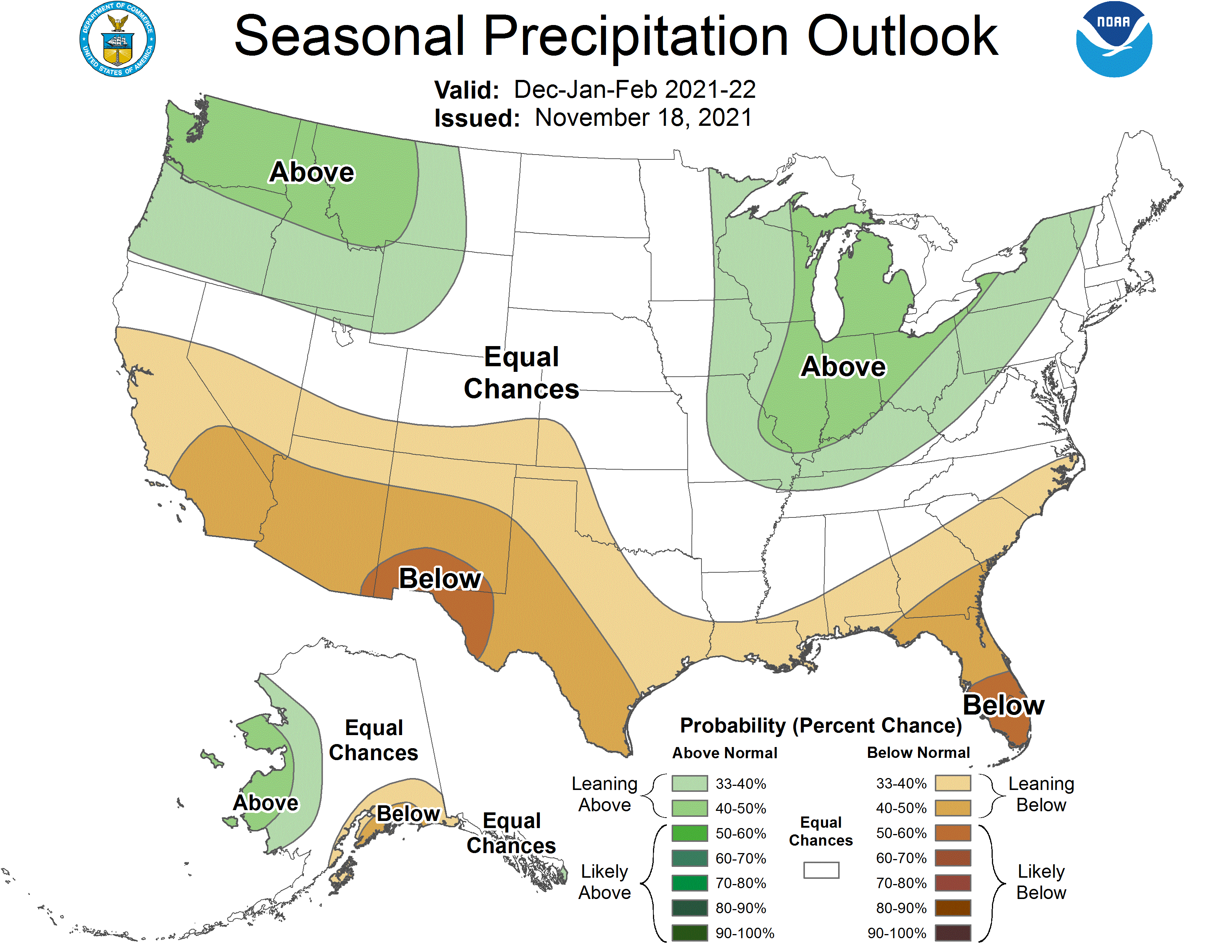Meteorological Fall (September, October and November ) of 2021 started out mainly warm and dry across south central and southeast Colorado, save for a few passing weather systems which brought passing showers and thunderstorms, along with brief cool downs to the region. October of 2021 followed a similar pattern as previous months, being mainly warm and dry across south central and southeast Colorado, save for a few passing weather systems which brought brief cool downs with passing cold fronts and strong winds, along with some passing showers and some mountain snowfall. November of 2021 was another mainly dry and warm month across south central and southeast Colorado, save for a few passing weather systems which brought some mountain snowfall, favoring the northern and central mountains, along with a few showers and brief cool downs with passing cold fronts across the plains. For the fall of 2021 as a whole, above to well above normal temperatures and below normal precipitation were experienced across south central and southeast Colorado, save for pockets of near normal precipitation across the southeast plains.
The following graphics depict seasonal temperature and precipitation departures from normal across the state for the fall of 2021.
 |
 |
The preliminary average temperature for the fall of 2021 in Alamosa was 45.4 degrees. This is 2.1 degrees above normal and makes the fall of 2021 the 8th warmest fall on record in Alamosa. This remains well behind the fall of 2014, when the average fall temperature was 49.1 degrees. Alamosa recorded 0.73 inches of precipitation through the fall of 2021. This is 1.27 inches below normal and makes the fall of 2021 the 9th driest on record in Alamosa. This remains well behind the driest fall, 1955, when only 0.23 inches of precipitation fell in Alamosa. Alamosa recorded 0.3 inches of snow through the fall of 2021.
(click here for a more detailed Fall of 2021 Climate Summary in Alamosa)
The preliminary average temperature for the fall of 2021 in Colorado Springs was 55.7 degrees. This is 4.6 degrees above normal and makes the fall of 2021 the 2nd warmest fall on record in Colorado Springs, just behind the fall of 2016, when average fall temperatures was 56.0 degrees. Colorado Springs recorded 1.24 inches of precipitation through the fall. This is 1.25 inches below normal and makes the fall of 2021 tied as the 25th driest fall on record in Colorado Springs. This remains well behind the driest fall, 2016, when only 0.23 inches of precipitation was recorded in Colorado Springs. Colorado Springs recorded a trace of snow through the fall of 2021, which is 7.1 inches below normal.
(click here for a more detailed Fall of 2021 Climate Summary in Colorado Springs)
The preliminary average temperature for the fall of 2021 in Pueblo was 56.8 degrees. This is 3.5 degrees above normal and makes the fall of 2021 the 6th warmest fall on record in Pueblo. This remains well behind the warmest fall, 2016, when the average fall temperature was 58.3 degrees. Pueblo recorded 1.10 inches of precipitation through the fall. This is 0.78 inches below normal and makes the fall of 2021 tied as the 33rd driest fall on record in Pueblo. This remains well behind the driest fall, 1948, when only 0.19 inches of precipitation fell in Pueblo. Pueblo recorded a trace of snow through the fall of 2021, which is 6.2 inches below normal.
(click here for a more detailed Fall of 2021 Climate Summary in Pueblo)
Below is the Climate Prediction Center's (CPC) temperature and precipitation outlook for the Winter of 2021/2022 (December, January and February) which indicates better chances of above normal temperatures and below normal precipitation across south central and southeast Colorado, save for equal chances of a above, below and near normal precipitation across northern Colorado.
 |
 |